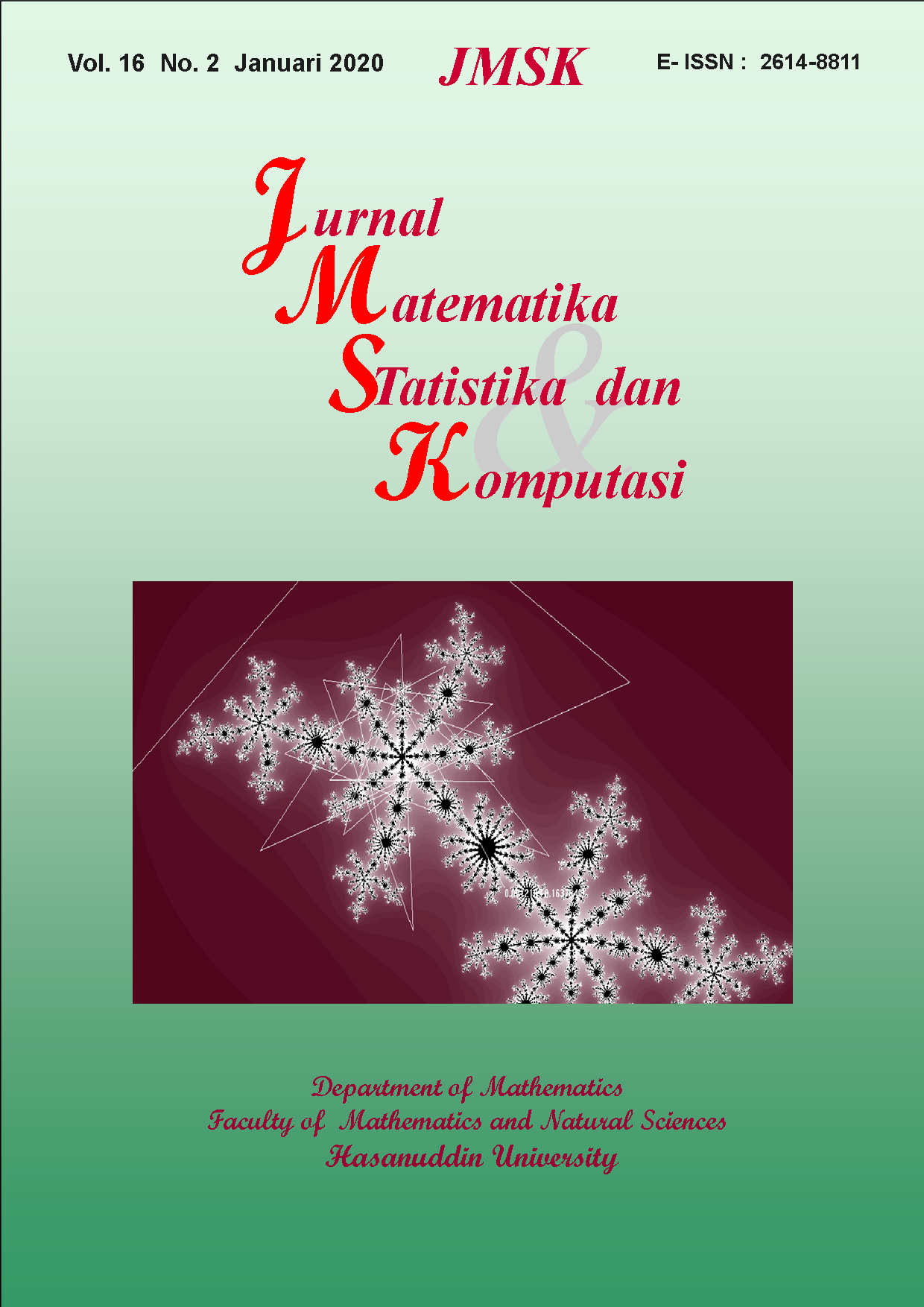Perbandingan Metode Peramalan Jumlah Produksi Palm Kernel Oil (PKO) Menggunakan Metode Double Moving Average, Double Exponential Smothing dan Box Jenkins
DOI:
https://doi.org/10.20956/jmsk.v16i2.7795Keywords:
Double Exponential SmothingAbstract
One of Indonesia's significant results is oil palm. The reality of this plantation is not only owned by the government (BUMN) but also the private sector. Every period, the company does forecasting in terms of production, especially for the next period. Among them is to set production targets, company operations, and financial planning. Based on this, a study was conducted with the aim to predict the amount of palm kernel oil (PKO) production at PT. Mitra Mendawai Sejati for the next six (6) months. The method used is Double Moving Average, Double Exponential Smoothing and Box Jenkins. While the data used is historical data from the amount of palm kernel oil production for five (5) years obtained from the company. Based on the results of the study, received the forecast value of the Suayap output in 2019 with the best method, namely the Double Exponential Smoothing method. Based on the forecast we got in January at 949181.5 Kg, February at 963505.8 Kg, March at 977830.1 Kg, April at 992154.4 Kg, May at 1006478.6 Kg and June 1020802.9 Kg with MSE value of 47031163817, and RMSE of 216866.7 and parameter values (optimum weighting) for α = 0.616667 and β = 0.1548939References
A. P. Sutiyono, ”Outlook Industry Perkebunan 2009,” 30 November 2009 2009. [Online]. Available: http://www.asiasecurities.co.id.
W. S. M. Makridakis S., Metode dan Aplikasi Peramalan, Jakarta: Erlangga, 1999.
P. Subagyo, Statistik Deskriptif, Yogyakarta: BPFE-Yogyakarta, 2003.
Puspitaningrum, Moving Average (ARIMA) dan Exponential Smoothing, 2015.
M. Firdaus, Analisis Deret Waktu Satu Ragam, Jakarta: IPB Press, 2006.
Downloads
Published
How to Cite
Issue
Section
License

This work is licensed under a Creative Commons Attribution 4.0 International License.
Jurnal Matematika, Statistika dan Komputasi is an Open Access journal, all articles are distributed under the terms of the Creative Commons Attribution License, allowing third parties to copy and redistribute the material in any medium or format, transform, and build upon the material, provided the original work is properly cited and states its license. This license allows authors and readers to use all articles, data sets, graphics and appendices in data mining applications, search engines, web sites, blogs and other platforms by providing appropriate reference.







